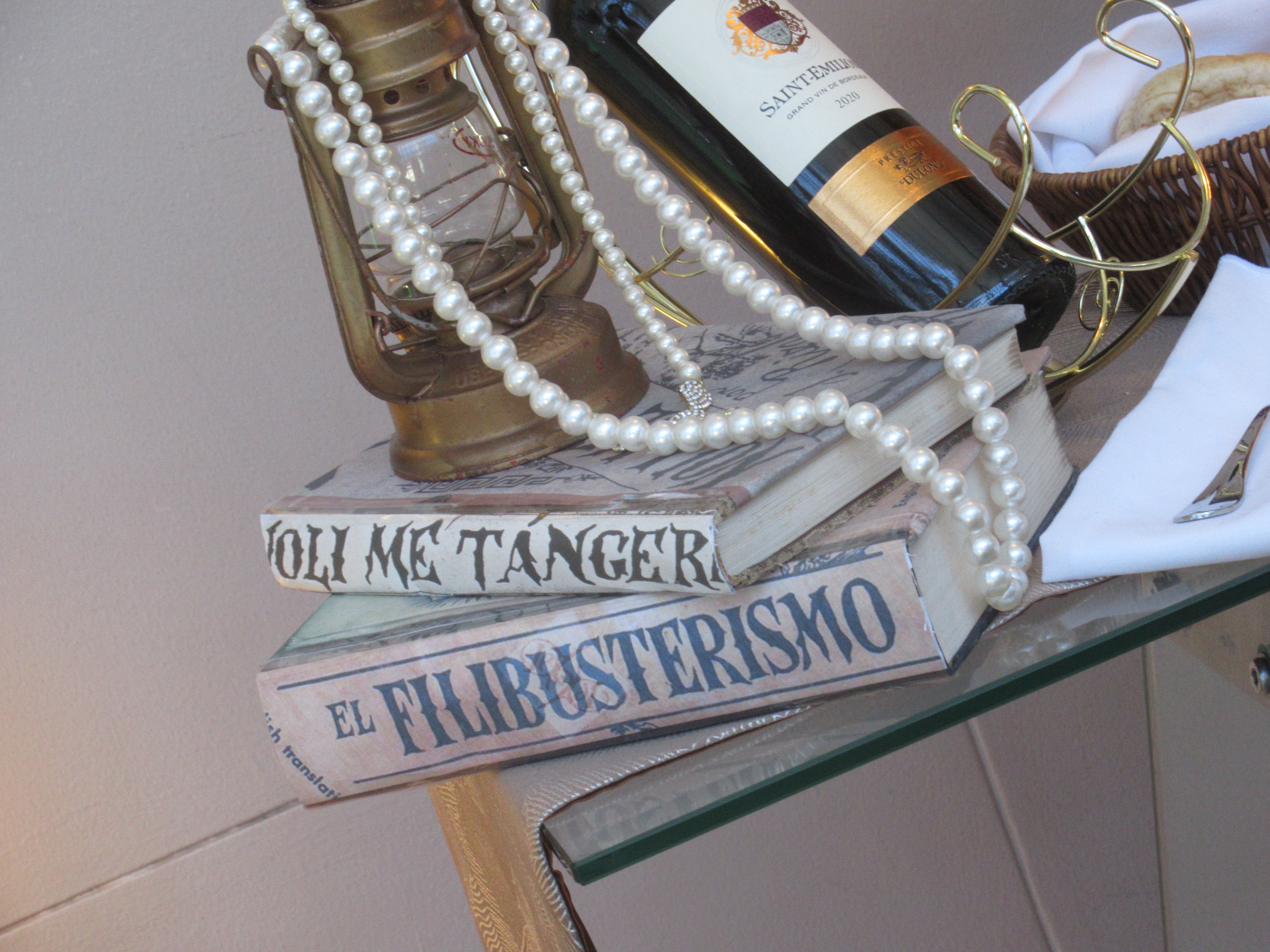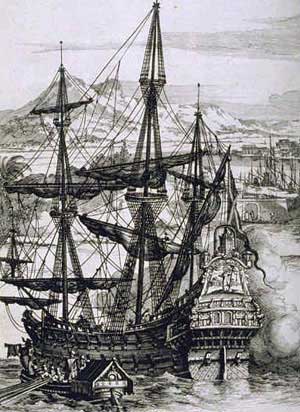|
José Rizal
José Protasio Rizal Mercado y Alonso Realonda (, ; June 19, 1861 – December 30, 1896) was a Filipino nationalist, writer and polymath active at the end of the Spanish colonial period of the Philippines. He is popularly considered a national hero (''pambansang bayani'') of the Philippines. An ophthalmologist by profession, Rizal became a writer and a key member of the Filipino Propaganda Movement, which advocated political reforms for the colony under Spain. He was executed by the Spanish colonial government for the crime of rebellion after the Philippine Revolution broke out; the revolution was inspired by his writings. Though he was not actively involved in its planning or conduct, he ultimately approved of its goals, which eventually resulted in Philippine independence. Rizal is widely considered one of the greatest and most influential figures in the Philippines, and has been recommended to be so honored by an officially empaneled National Heroes Committee. Ho ... [...More Info...] [...Related Items...] OR: [Wikipedia] [Google] [Baidu] |
Calamba, Laguna
Calamba, officially the City of Calamba (), is a Cities of the Philippines#Legal classification, component city in the Provinces of the Philippines, province of Laguna (province), Laguna, Philippines. According to the 2020 census, it has a population of 539,671 people making it the largest city in the province. Calamba is the regional center of the Calabarzon region. It is situated south of Manila and west of Santa Cruz, Laguna, Santa Cruz. The city is known as the "Spring Resort Capital of the Philippines" because of its numerous hot spring resorts, which are mostly located in Barangays Pansol, Bucal, Bagong Kalsada, and Lingga. According to the 2020 census, Calamba has a population of 539,671 people, making it the most populous local government unit in Laguna. It is the fifth-densest city in the province with more than 2,600 people per square kilometer after San Pedro, Laguna, San Pedro, Biñan, Cabuyao, and Santa Rosa, Laguna, Santa Rosa. Based on the overall rankings of t ... [...More Info...] [...Related Items...] OR: [Wikipedia] [Google] [Baidu] |
Noli Me Tángere (novel)
''Noli Me Tángere'' (Latin for "Touch Me Not") is a novel by Filipino writer and activist José Rizal and was published during the Spanish colonial period of the Philippines. It explores inequities in law and practice in terms of the treatment by the ruling government and the Spanish Catholic friars of the resident peoples in the late 19th century. Originally written by Rizal in Spanish, the book has since been more commonly published and read in the Philippines in either Tagalog (the major indigenous language), or English. The Rizal Law requires ''Noli'', published in 1887, and its 1891 sequel, '' El filibusterismo'', to be read by all high school students throughout the country. ''Noli'' is studied in Grade 9 and in Grade 10. The two novels are widely considered to be the national epic of the Philippines. They have been adapted in many forms, such as operas, musicals, plays, and other forms of art. The title originates from the Biblical passage John 20:13-17. In Ri ... [...More Info...] [...Related Items...] OR: [Wikipedia] [Google] [Baidu] |
Philippines
The Philippines, officially the Republic of the Philippines, is an Archipelagic state, archipelagic country in Southeast Asia. Located in the western Pacific Ocean, it consists of List of islands of the Philippines, 7,641 islands, with a total area of roughly 300,000 square kilometers, which are broadly categorized in Island groups of the Philippines, three main geographical divisions from north to south: Luzon, Visayas, and Mindanao. With a population of over 110 million, it is the world's List of countries and dependencies by population, twelfth-most-populous country. The Philippines is bounded by the South China Sea to the west, the Philippine Sea to the east, and the Celebes Sea to the south. It shares maritime borders with Taiwan to the north, Japan to the northeast, Palau to the east and southeast, Indonesia to the south, Malaysia to the southwest, Vietnam to the west, and China to the northwest. It has Ethnic groups in the Philippines, diverse ethnicities and Culture o ... [...More Info...] [...Related Items...] OR: [Wikipedia] [Google] [Baidu] |
History Of The Philippines (1521–1898)
The history of the Philippines dates from the earliest Hominini, hominin activity in the archipelago at least by 709,000 years ago. ''Homo luzonensis'', a species of archaic humans, was present on the island of Luzon at least by 134,000 years ago. The earliest known anatomically modern human was from Tabon Caves in Palawan dating about 47,000 years. Negrito groups were the first inhabitants to settle in the prehistoric Philippines. These were followed by Austroasiatic language, Austroasiatics, Indigenous people of New Guinea, Papuans, and South Asians. By around 3000 BCE, seafaring Austronesians, who form the majority of the current population, migrated southward from Taiwan. By 2000 BCE the archipelago was the crux of a trans-oceanic Philippine jade culture. Scholars generally believe that these ethnic and social groups eventually developed into various settlements or polities with varying degrees of economic specialization, social stratification, and social organization, pol ... [...More Info...] [...Related Items...] OR: [Wikipedia] [Google] [Baidu] |
Polymath
A polymath or polyhistor is an individual whose knowledge spans many different subjects, known to draw on complex bodies of knowledge to solve specific problems. Polymaths often prefer a specific context in which to explain their knowledge, but some are gifted at explaining abstractly and creatively. Embodying a basic tenet of Renaissance humanism that humans are limitless in their capacity for development, the concept led to the notion that people should embrace all knowledge and develop their capacities as fully as possible. This is expressed in the term Renaissance man, often applied to the Intellectual giftedness, gifted people of that age who sought to develop their abilities in all areas of accomplishment: intellectual, artistic, social, physical, and spiritual. Etymology The word polymath derives from the Ancient Greek, Greek roots ''poly-'', which means "much" or "many," and ''manthanein'', which means "to learn." Plutarch wrote that the Ancient Greek Muses, muse P ... [...More Info...] [...Related Items...] OR: [Wikipedia] [Google] [Baidu] |
Filipino Nationalist
Filipino nationalism refers to the establishment and support of a political identity associated with the modern nation-state of the Philippines, leading to a wide-ranging campaign for political, social, and economic freedom in the Philippines. This gradually emerged from various political and armed movements throughout most of the Spanish East Indies—but which has long been fragmented and inconsistent with contemporary definitions of such nationalism—as a consequence of more than three centuries of Spanish rule. These movements are characterized by the upsurge of anti-colonialist sentiments and ideals which peaked in the late 19th century led mostly by the ilustrado or landed, educated elites, whether ''peninsulares'', '' insulares'', or native (''Indio''). This served as the backbone of the first nationalist revolution in Asia, the Philippine Revolution of 1896. The modern concept would later be fully actualized upon the inception of a Philippine state with its contemporary ... [...More Info...] [...Related Items...] OR: [Wikipedia] [Google] [Baidu] |
Trinidad Rizal
Trinidad Rizal Mercado y Alonso Realonda (June 6, 1868 – May 9, 1951), commonly known as Trinidad Rizal, was a Filipina feminist leader and co-founder of the Philippines' first feminist organization, the ''Asociación Femenista Filipina''. She was the tenth sibling of the national hero, physician and writer, Dr. José Rizal. Life and work Trinidad was born in Calamba, Laguna, Calamba, Laguna (province), La Laguna (present-day Laguna), on June 6, 1868. She was the tenth child of Francisco Rizal Mercado and Teodora Alonso Realonda. Trinidad helped found the first Masonic lodge for women in the Philippines.Estrada-Claudio, S. (2006). If I were an ASEAN woman ... Talking Points. ''Talking Points, 3'', 67-73. http://feministarchives.isiswomen.org/isispub/wia/wia2006-3/WIA20063_09Claudio.pdf She was also a member of Walana, a Filipino masonry society, formed in Manila on July 18, 1893, closely allied with the masonic temples of the Ilustrado, ilustrados. In 1905, Trinidad co-fo ... [...More Info...] [...Related Items...] OR: [Wikipedia] [Google] [Baidu] |
Paciano Rizal
Paciano Rizal Mercado y Alonso Realonda (March 9, 1851 – April 13, 1930) was a Filipino general and revolutionary, and the older brother of José Rizal, the national hero of the Philippines. Early life Paciano Rizal was born to Francisco Engracio Rizal Mercado y Alejandro (1818–1897) and Teodora Alonso y Quintos (1827–1911; whose family later changed their surname to "Realonda"), as the second of eleven children born to a wealthy family in the town of Calamba, La Laguna (present-day Laguna). In 1870, he accompanied his younger brother, Jose, to Biñan, Laguna in order to assist him in enrolling in the school of Sr. Justiniano Aquino Cruz. He also accompanied him, two years later, in Manila since Jose would already start his secondary education at Ateneo Municipal de Manila. He grew up witnessing the abuses of the clergy and the Spanish colonial government. As a young student, together with Felipe Buencamino and Gregorio Sancianco, Paciano was a founding membe ... [...More Info...] [...Related Items...] OR: [Wikipedia] [Google] [Baidu] |
Saturnina Hidalgo
Saturnina Rizal Mercado de Hidalgo (June 4, 1850 – September 14, 1913; née Rizal Mercado y Alonso Realonda), or simply Saturnina Hidalgo, was the eldest sister of National hero of the Philippines, Philippine national hero José Rizal. She was married to Manuel T. Hidalgo, a native and one of the richest persons in Tanauan, Batangas, Tanauan, Batangas. She was known as Neneng. Because of her brother José Rizal, José's early interest in obstetrics, Saturnina – along with her mother and eight sisters – shared health concerns and sought medical advice from him. While he ultimately chose a different path, the women of the family encouraged Rizal in the direction of gynecology and obstetrics because of the high rates of maternal death and sickness from various women's diseases Filipinas experienced. In one letter, Hidalgo wrote: I am sending you news that I now have two children, the eldest is Alfredo, next is Adela, and now I am eight months pregnant. Study well how you may b ... [...More Info...] [...Related Items...] OR: [Wikipedia] [Google] [Baidu] |
Teodora Alonso Realonda
Teodora Alonso Realonda y Quintos (November 9, 1827 – August 16, 1911) was a wealthy woman in the Spanish colonial Philippines. She was best known as the mother of the Philippines' national hero Jose Rizal. Realonda was born in Santa Cruz, Manila. She was also known for being a disciplinarian and hard-working mother. Her medical condition inspired Rizal to take up medicine. Early life Teodora Alonso was the second child of Lorenzo Alberto Alonso, a municipal captain in Biñan, La Laguna (present-day Laguna), and Brijida de Quintos. Her family had adopted additional surname ''Realonda'' in 1849, after Governor General Narciso Clavería y Zaldúa decreed the adoption of Spanish surnames among the Filipinos for census purposes (though they already had Spanish names). Teodora's ancestry included Chinese, Japanese, and Tagalog. Her lineage can be traced to the affluent Florentina family of Chinese mestizo families originating in Baliuag, Bulacan. She also had Spanish ... [...More Info...] [...Related Items...] OR: [Wikipedia] [Google] [Baidu] |
Francisco Rizal Mercado
Francisco Engracio Rizal Mercado y Alejandro (May 11, 1818 – January 5, 1898) was the father of the Philippines' national hero Jose Rizal. He was born in Biñan, La Laguna (present-day Laguna). He had a wife named Teodora Realonda y Quintos and had 11 children altogether. Early life He was one of the children of Juan Monica Mercado and Cirila Alejandro. His family had adopted the additional surnames of ''Rizal'' in 1849, after Governor-General Narciso Clavería y Zaldúa decreed the adoption of Spanish surnames among the Filipinos for census purposes (though they already had Spanish names). Like many families in the Philippines, the Rizals were of mestizo origin. Francisco's patrilineal lineage could be traced to Fujian in China through his father's ancestor Lam-Co, a Hokkien Chinese merchant who immigrated to the Philippines in the late 17th century. Lam-Co traveled to Manila from Xiamen, China, possibly to avoid the famine or plague in his home district, and more p ... [...More Info...] [...Related Items...] OR: [Wikipedia] [Google] [Baidu] |





